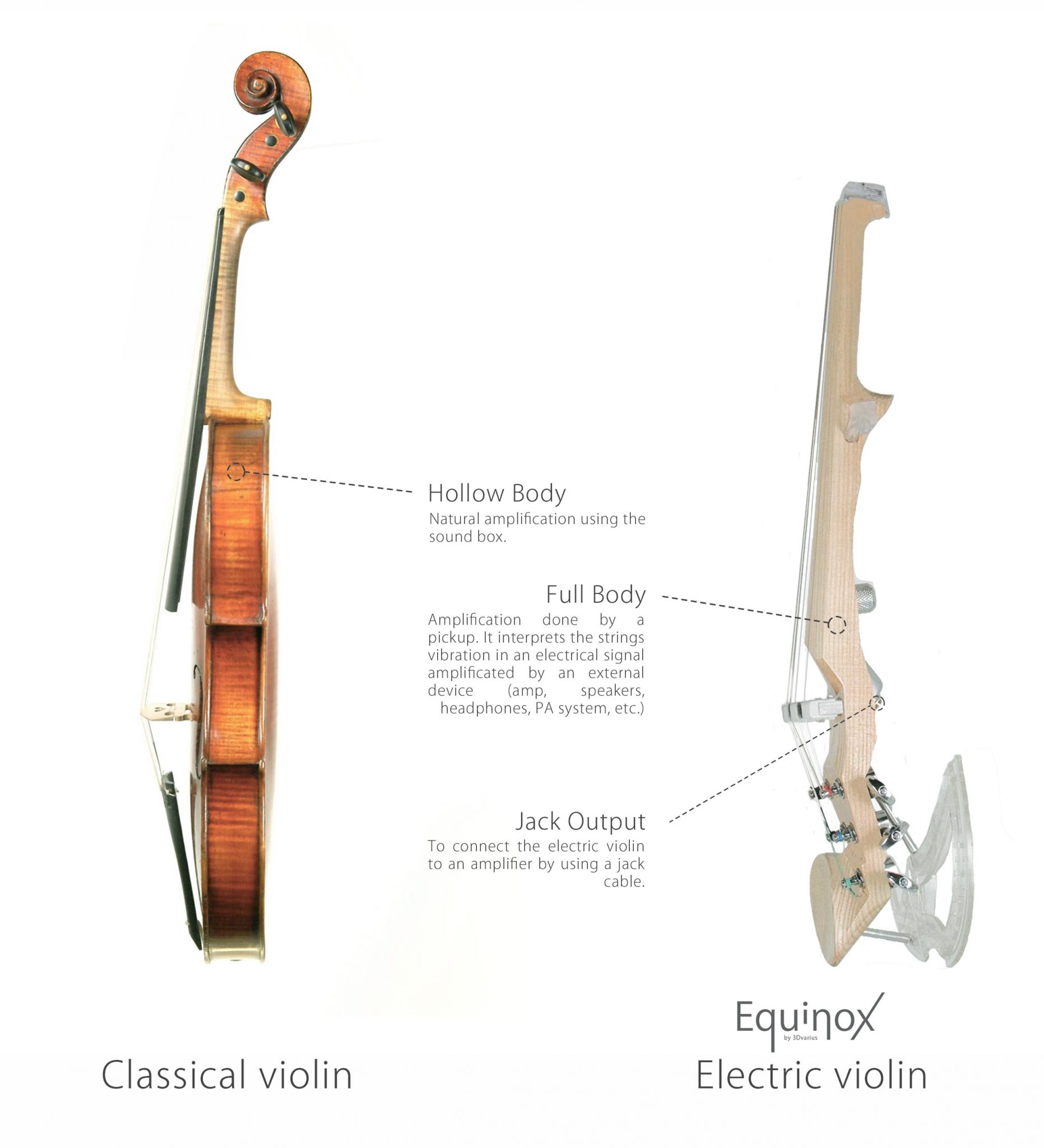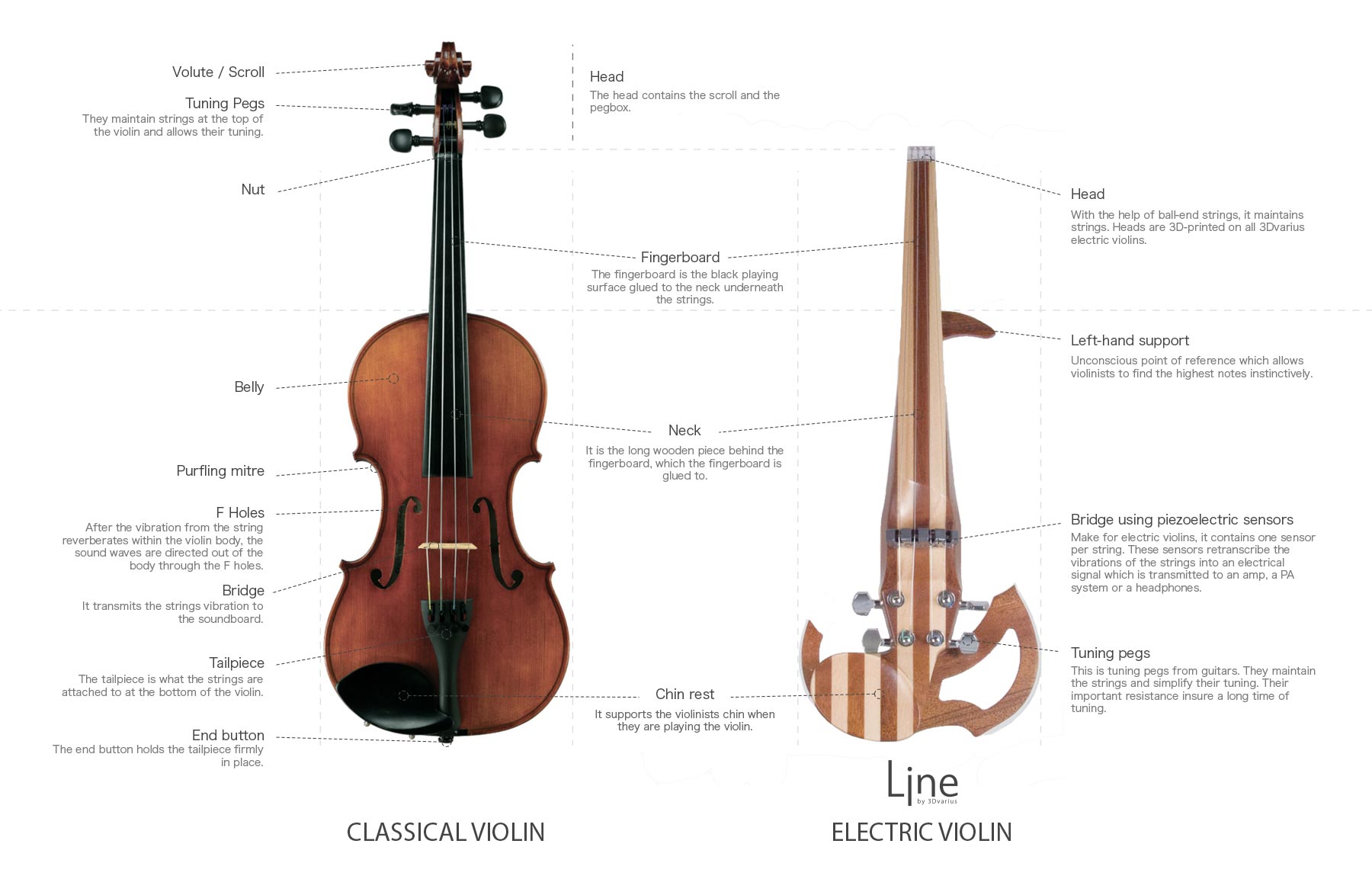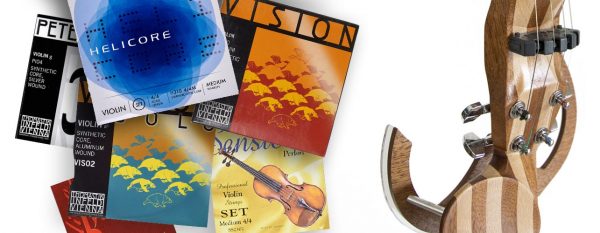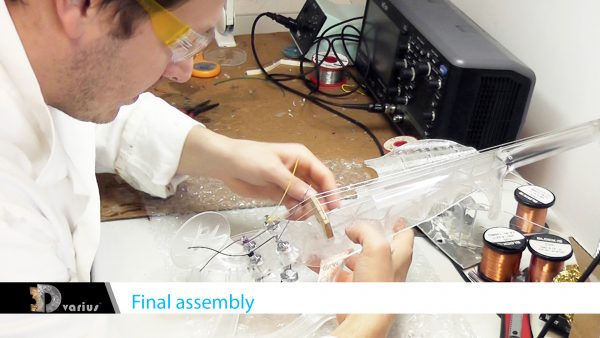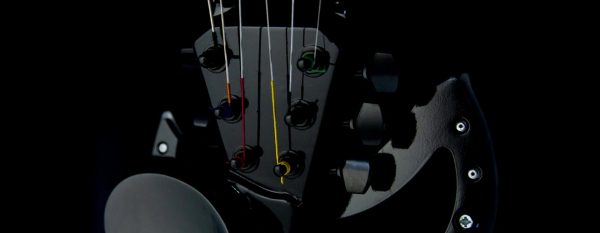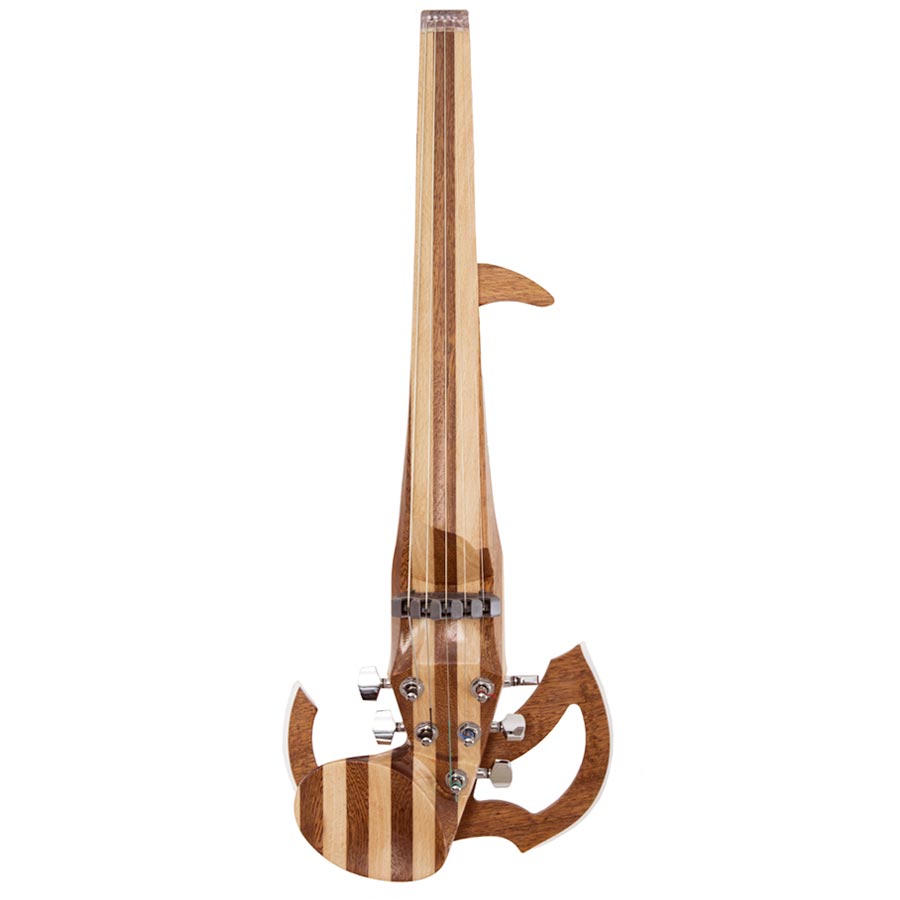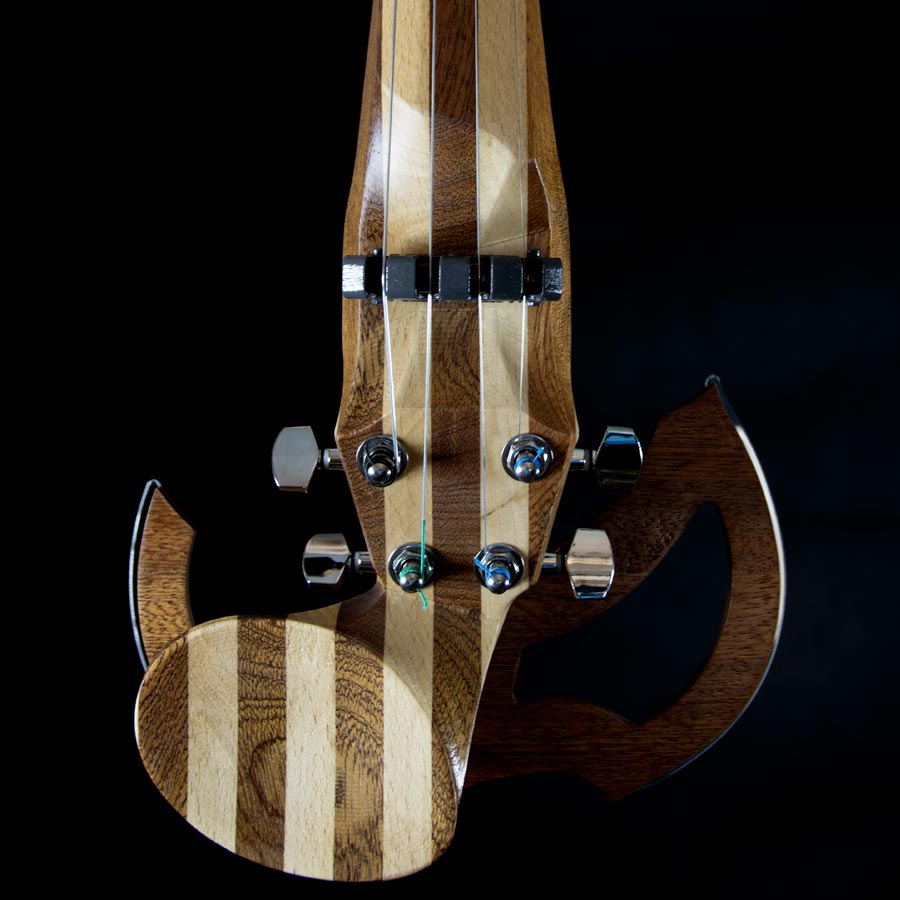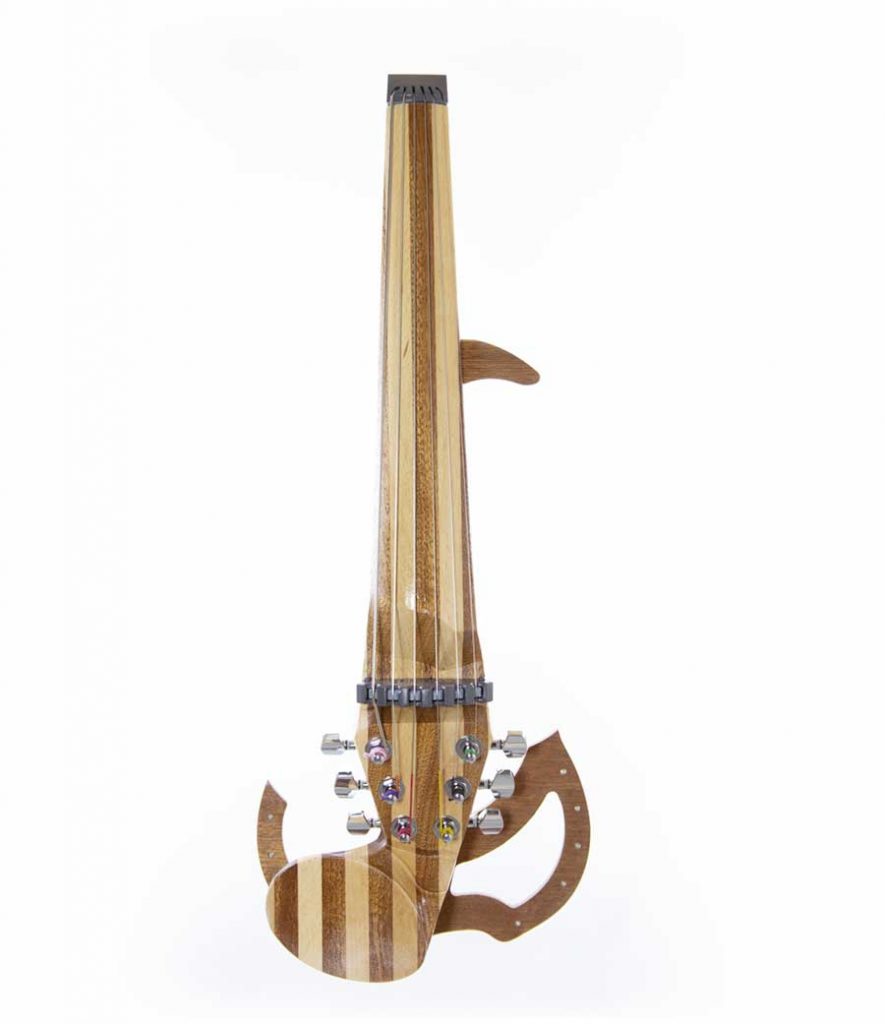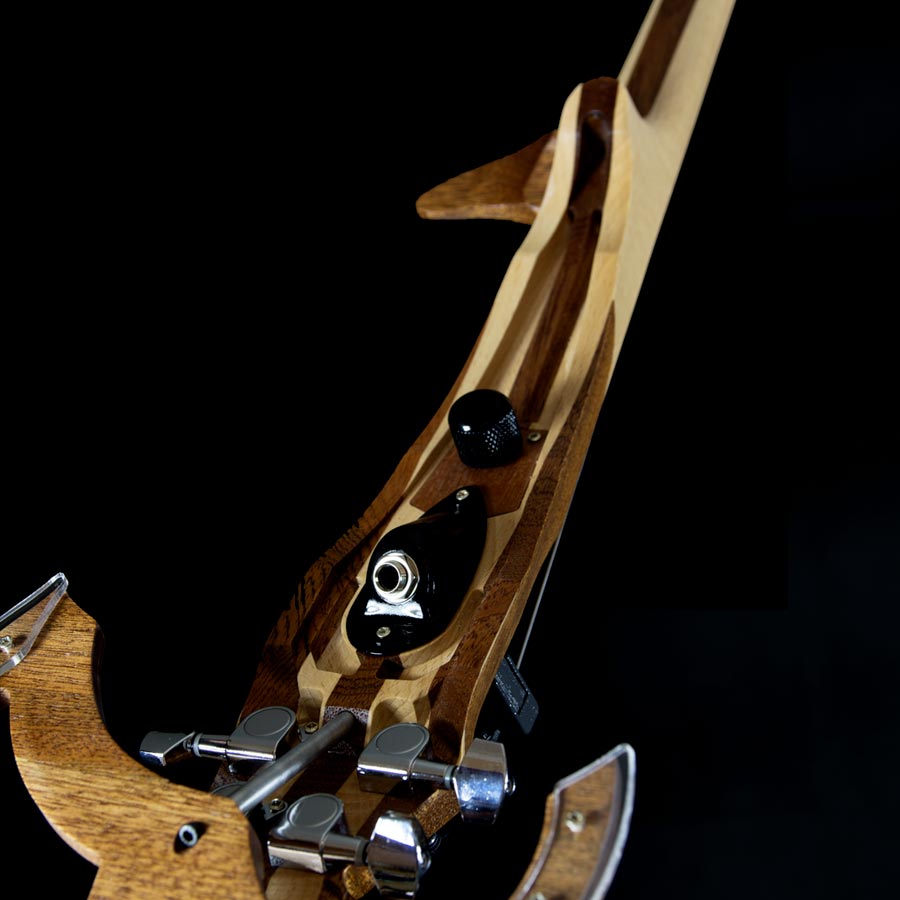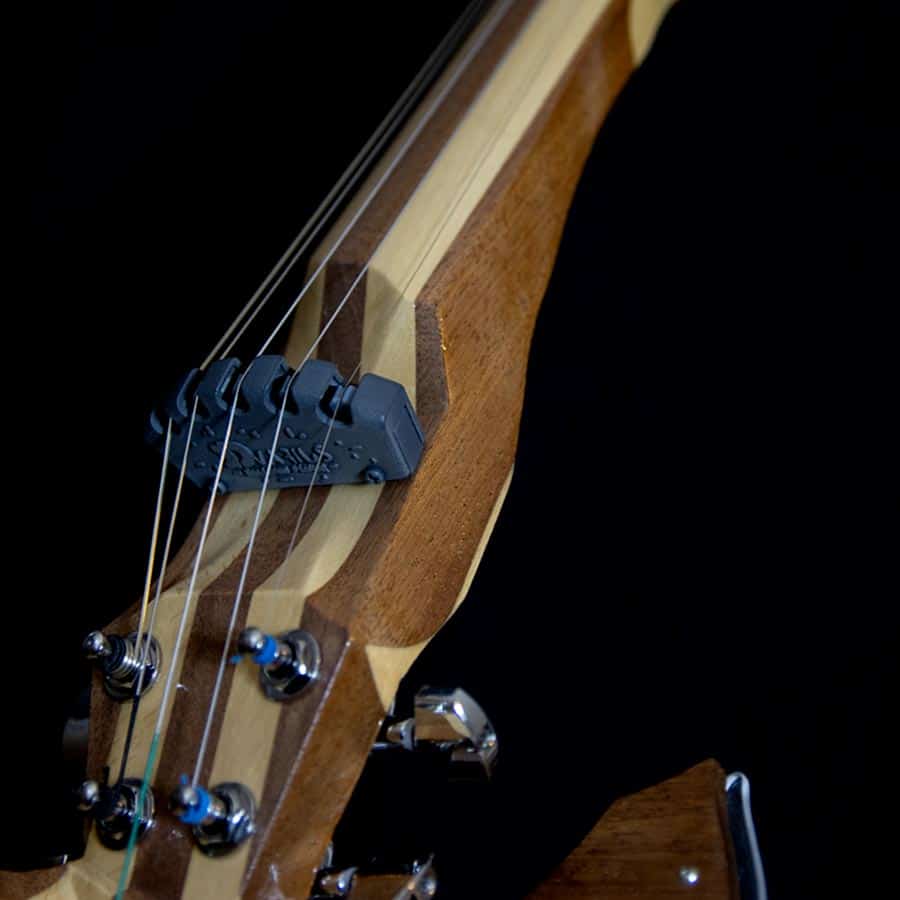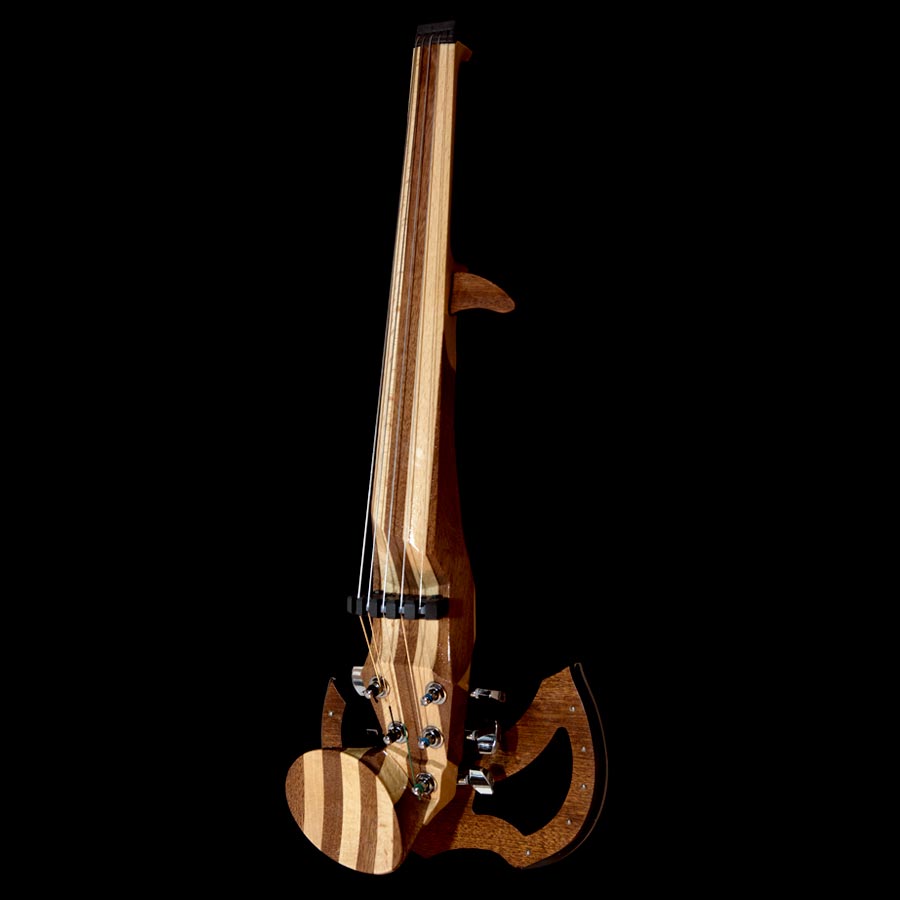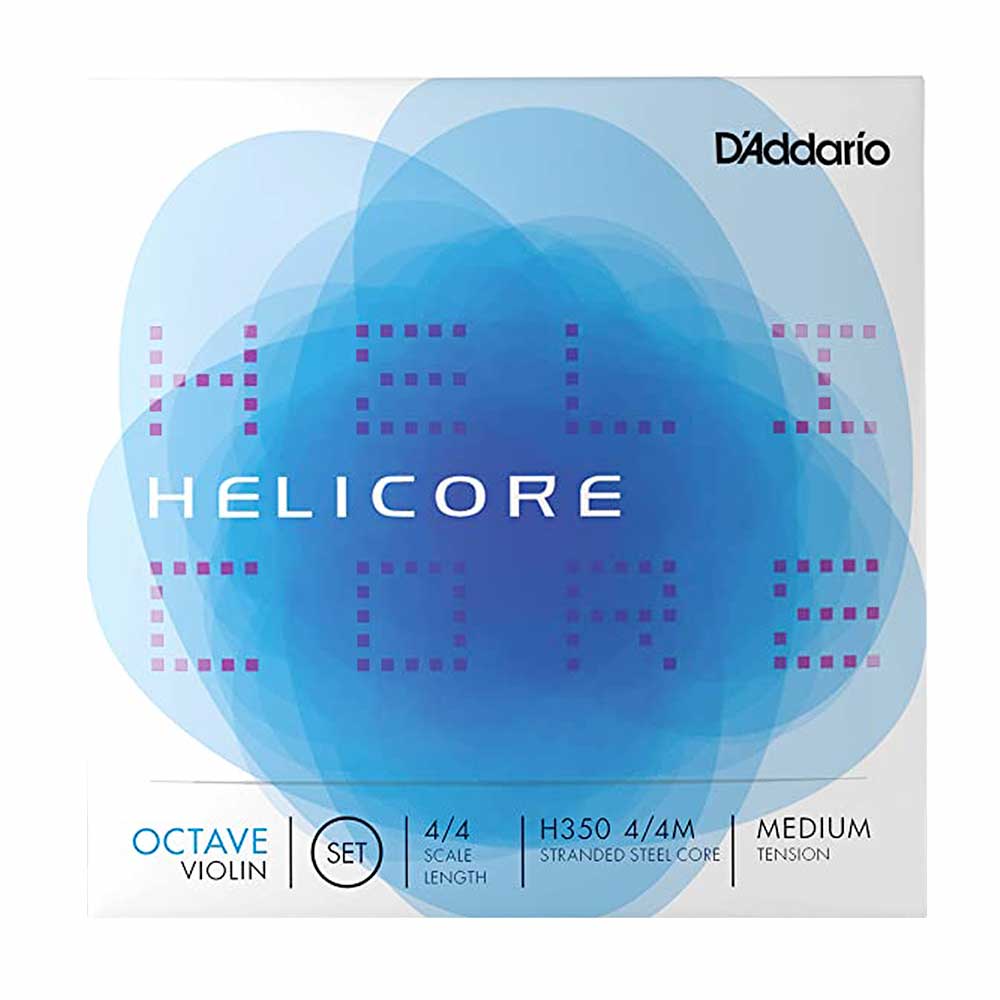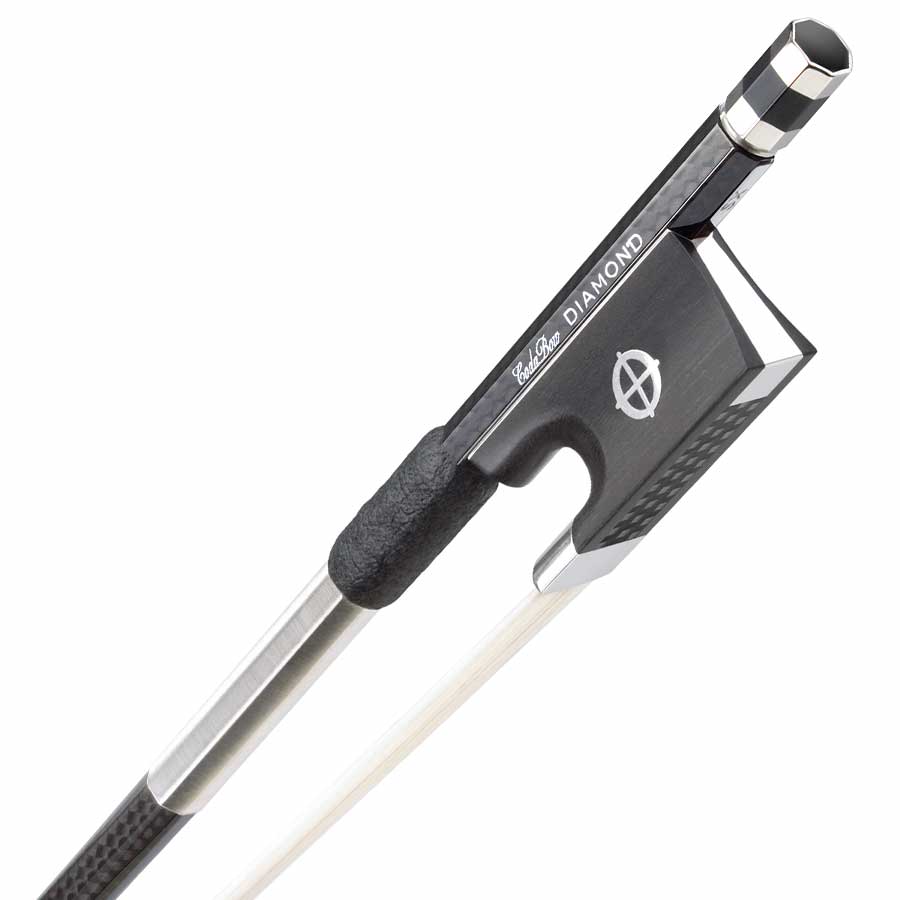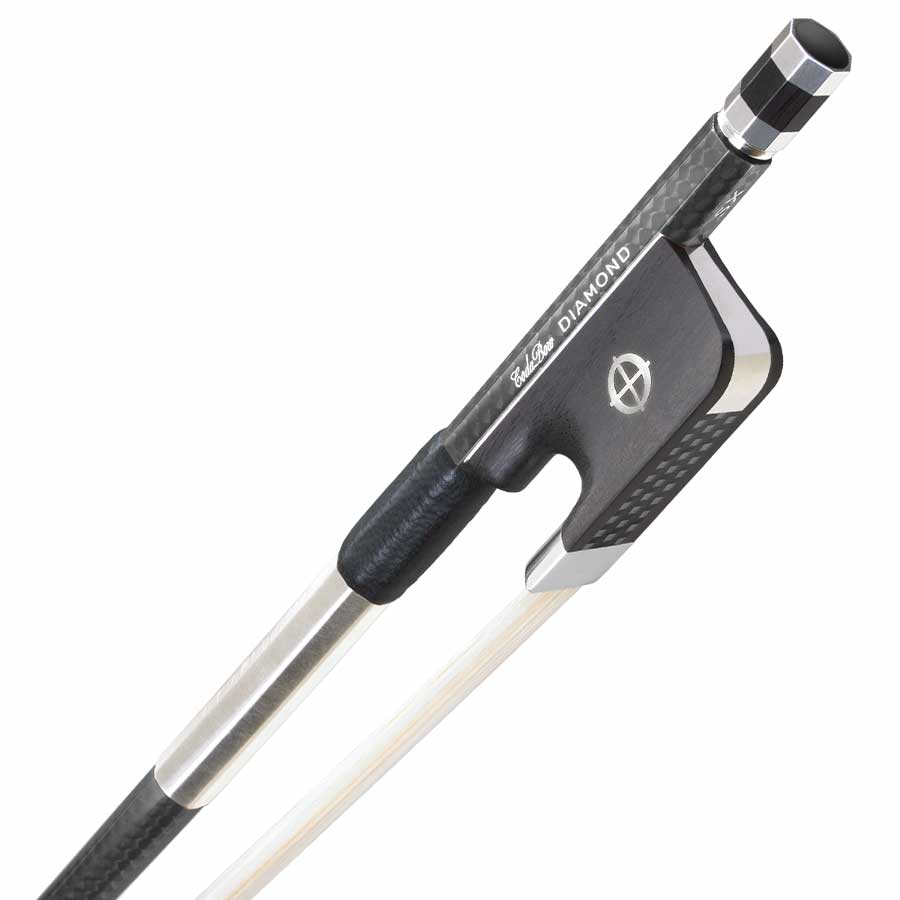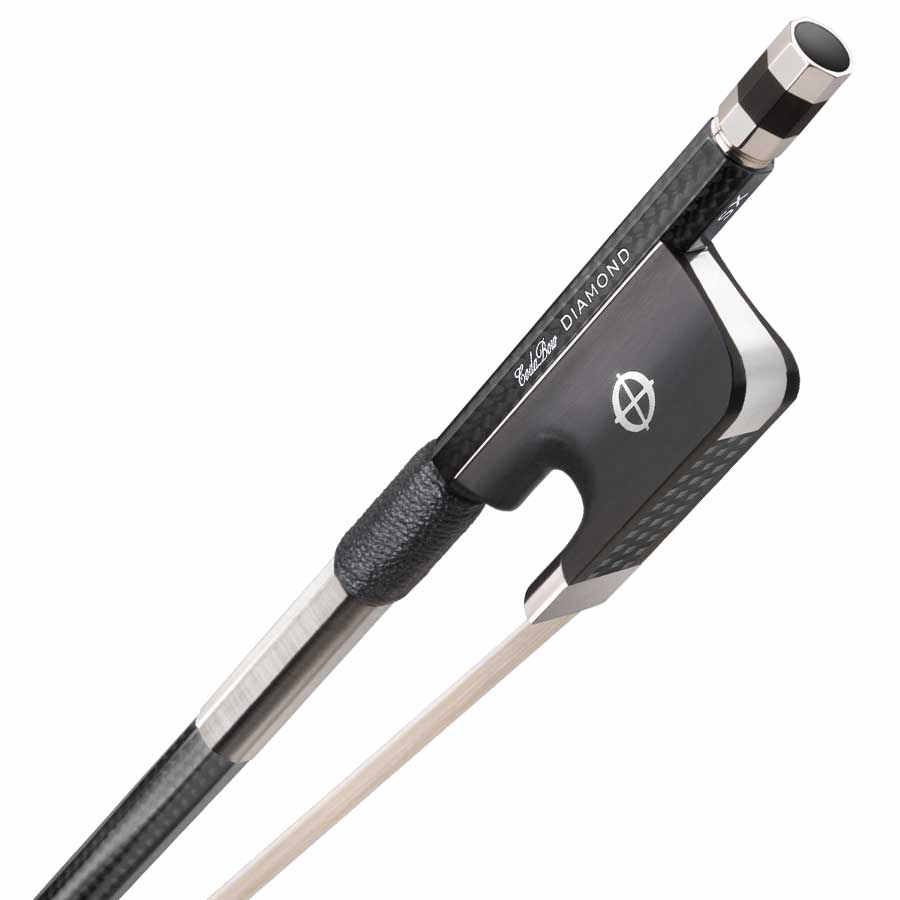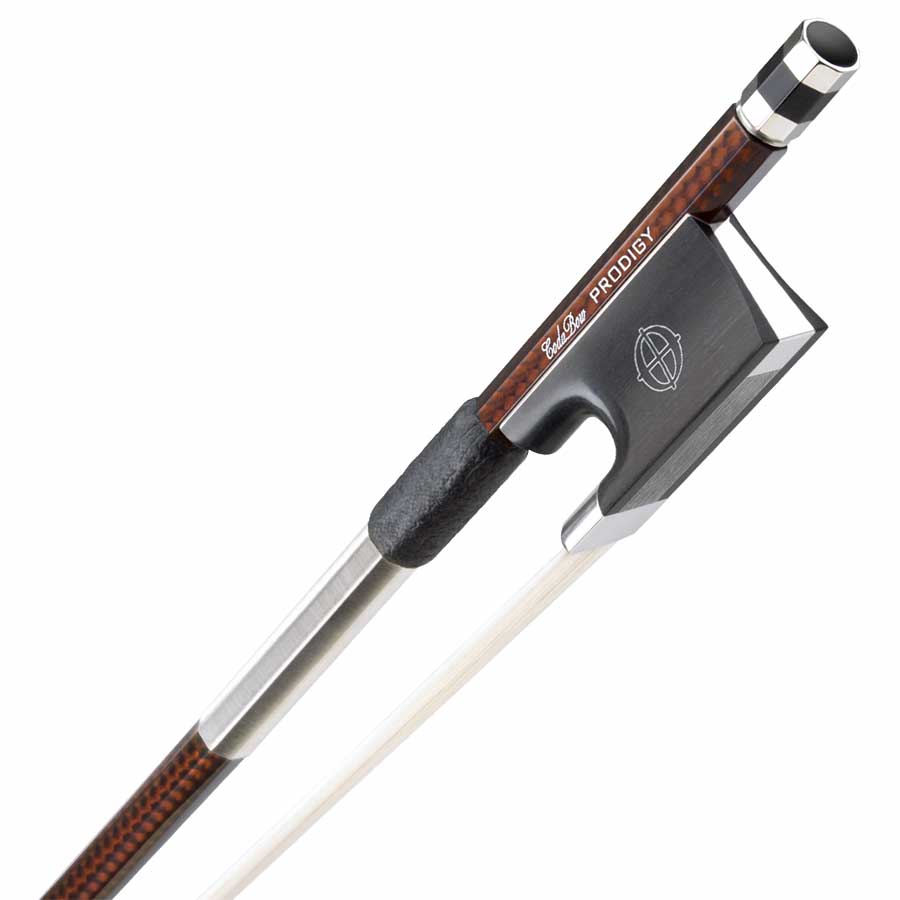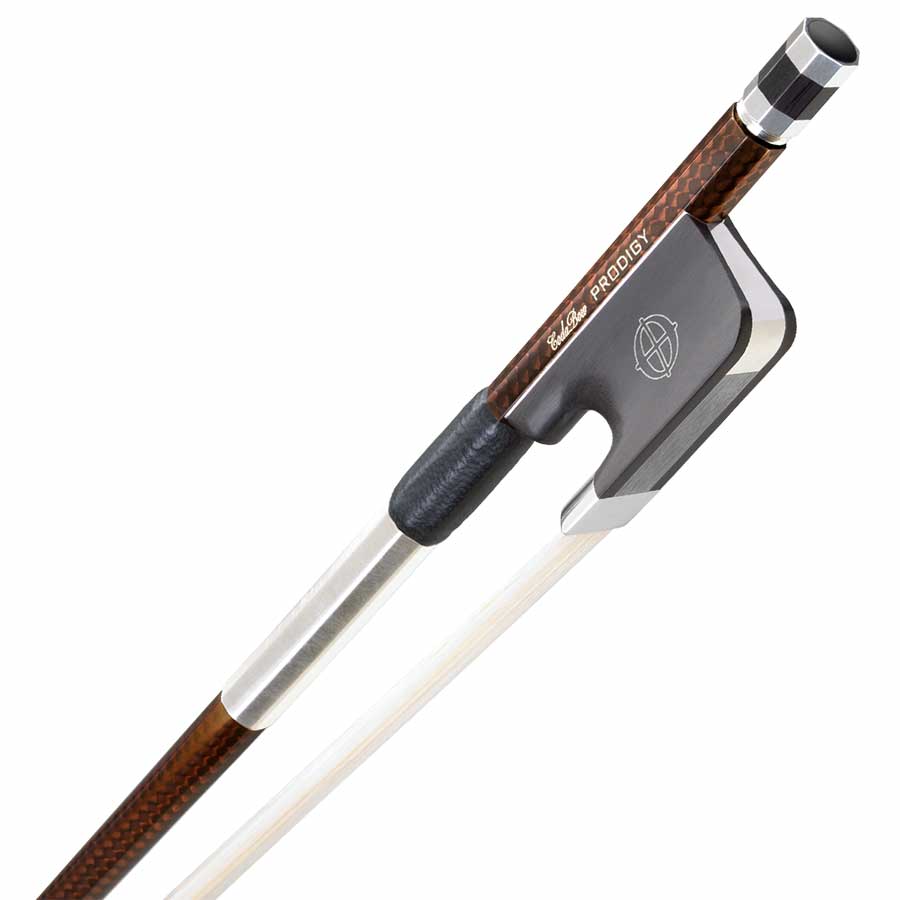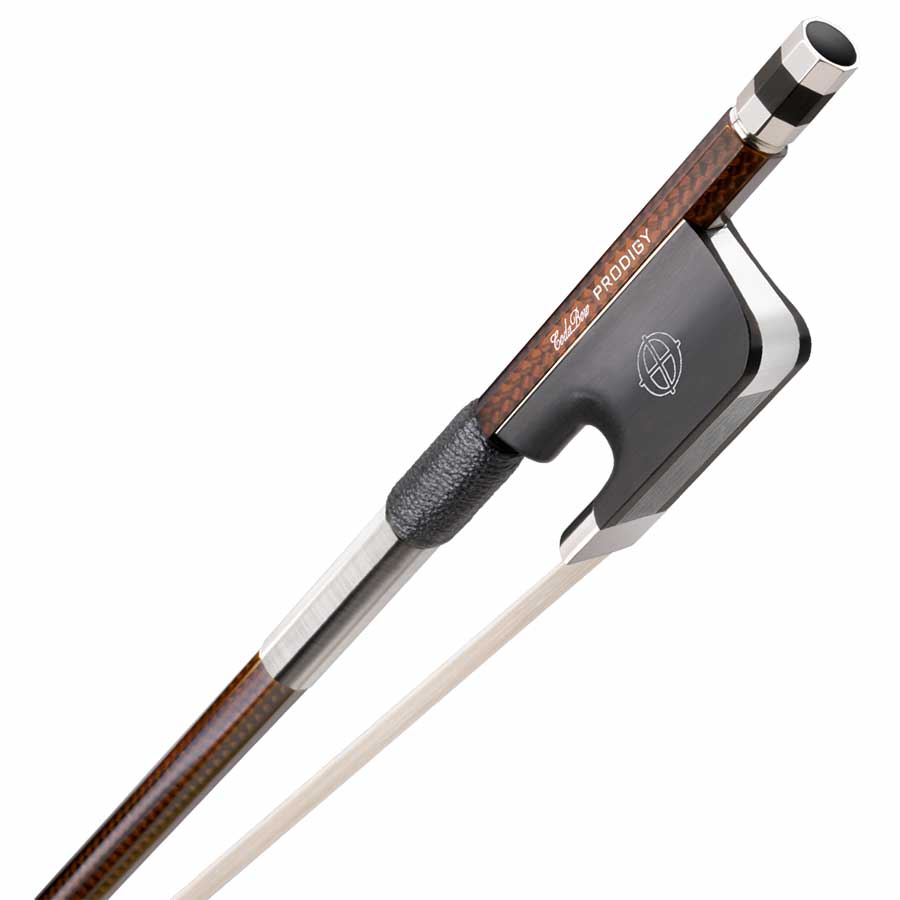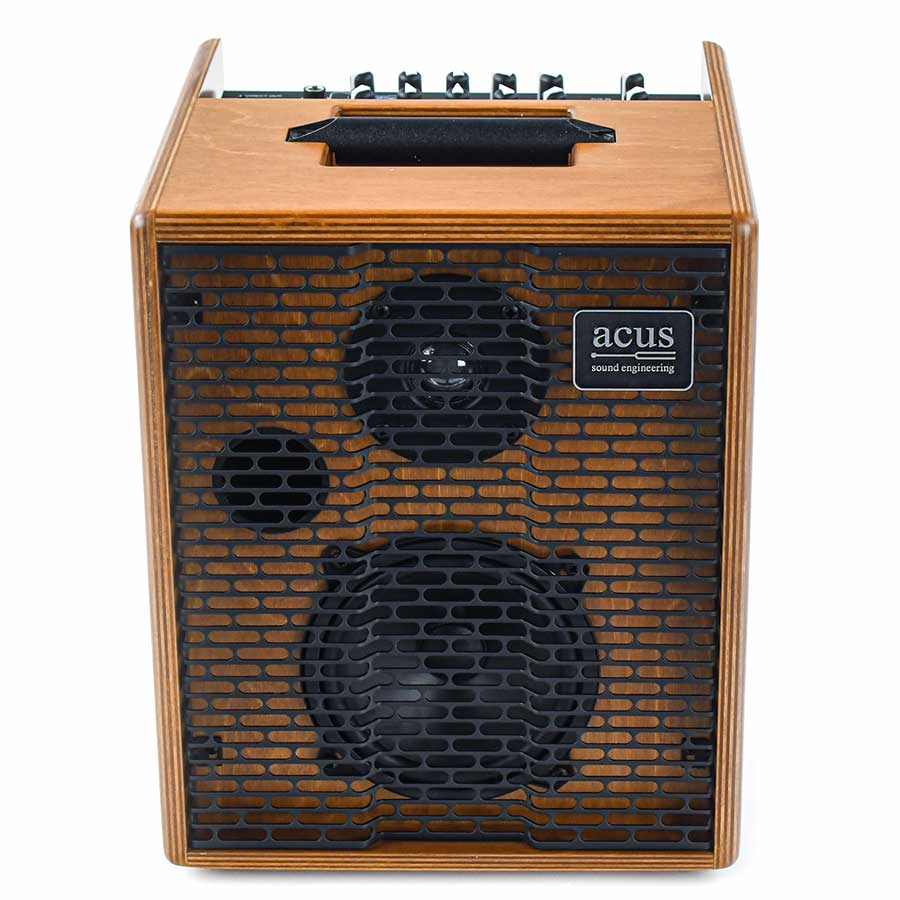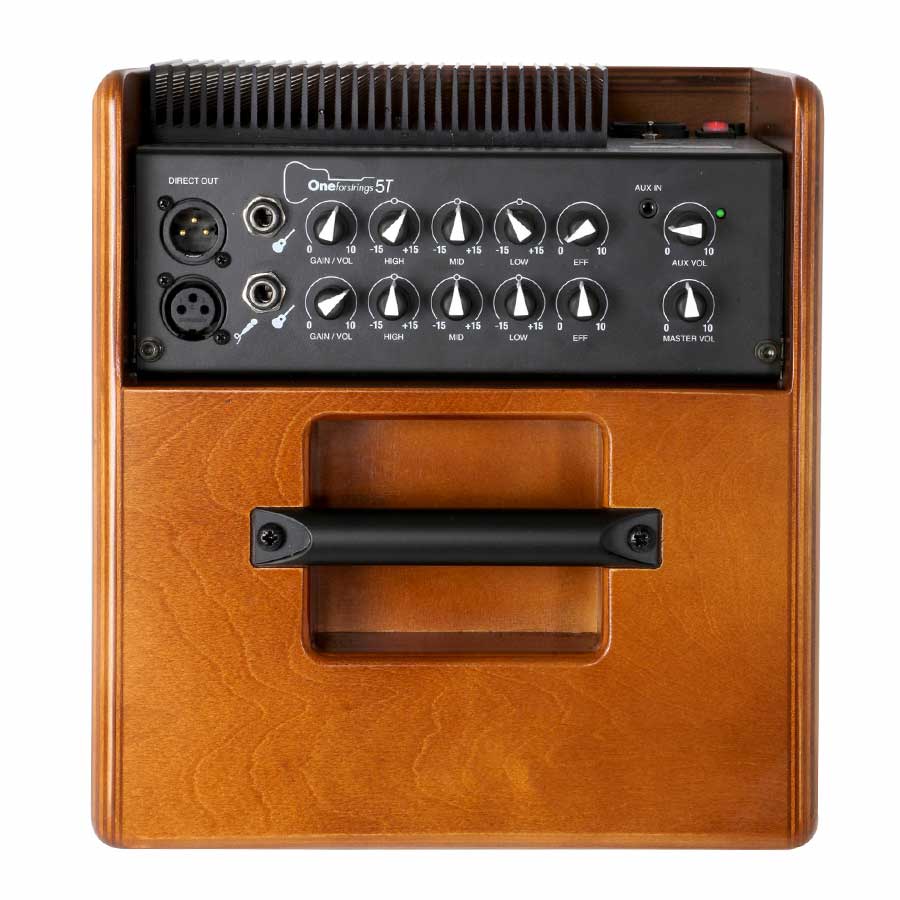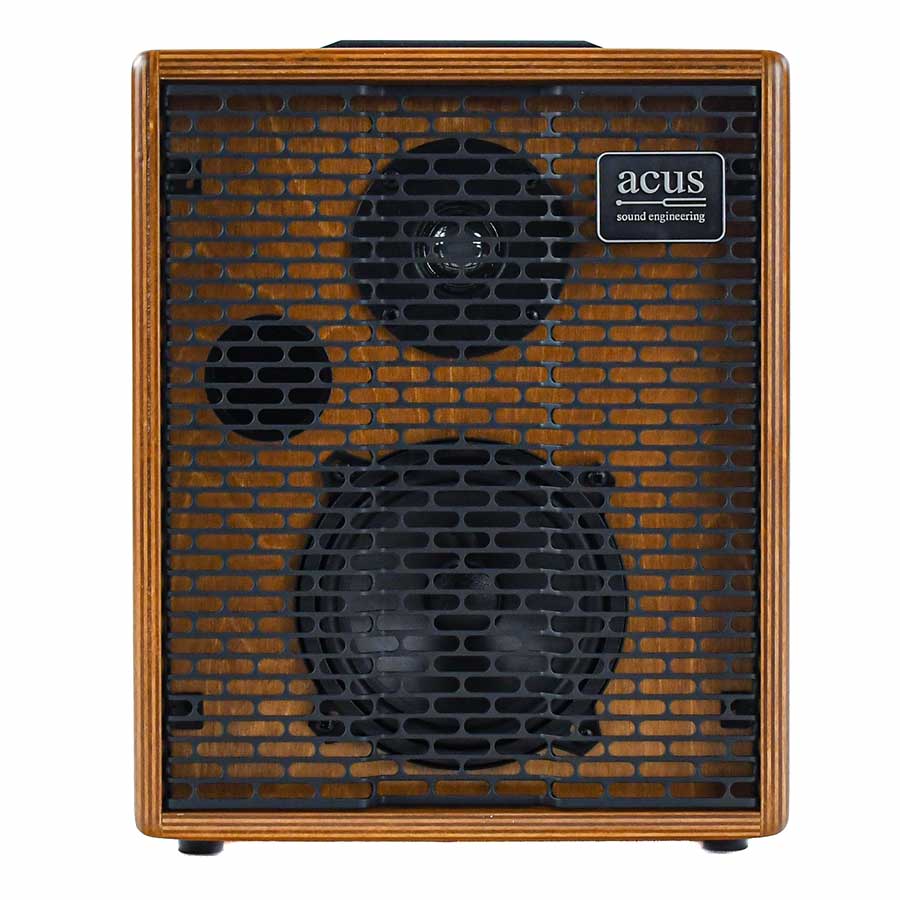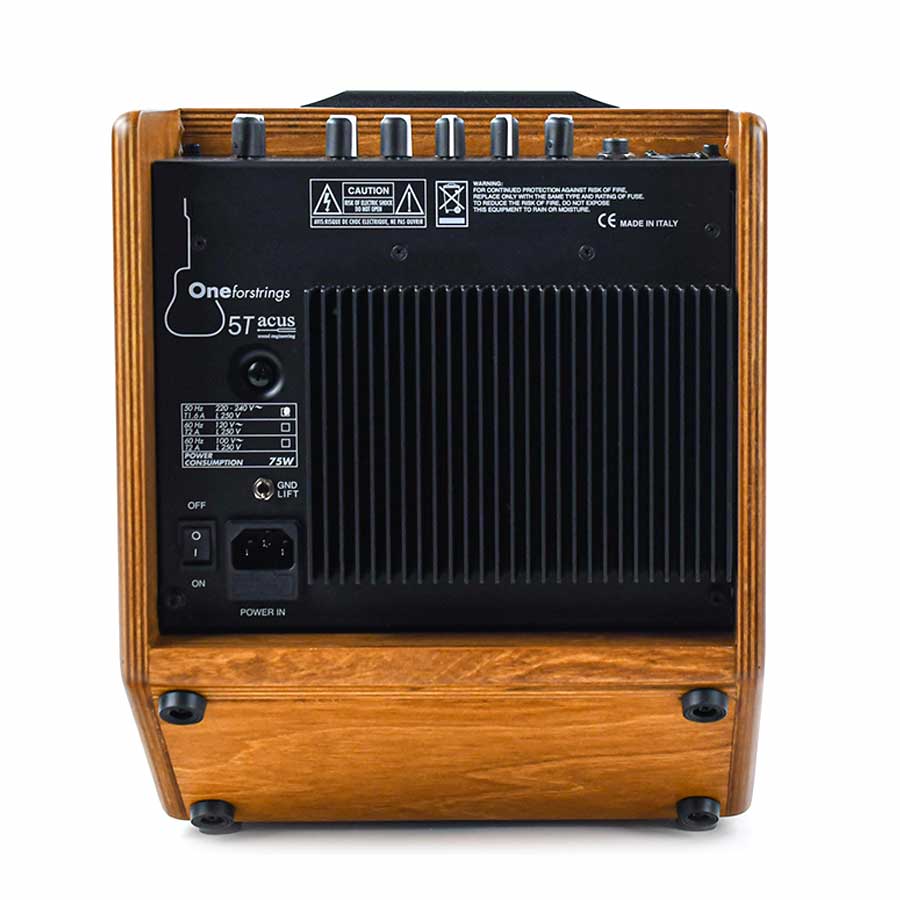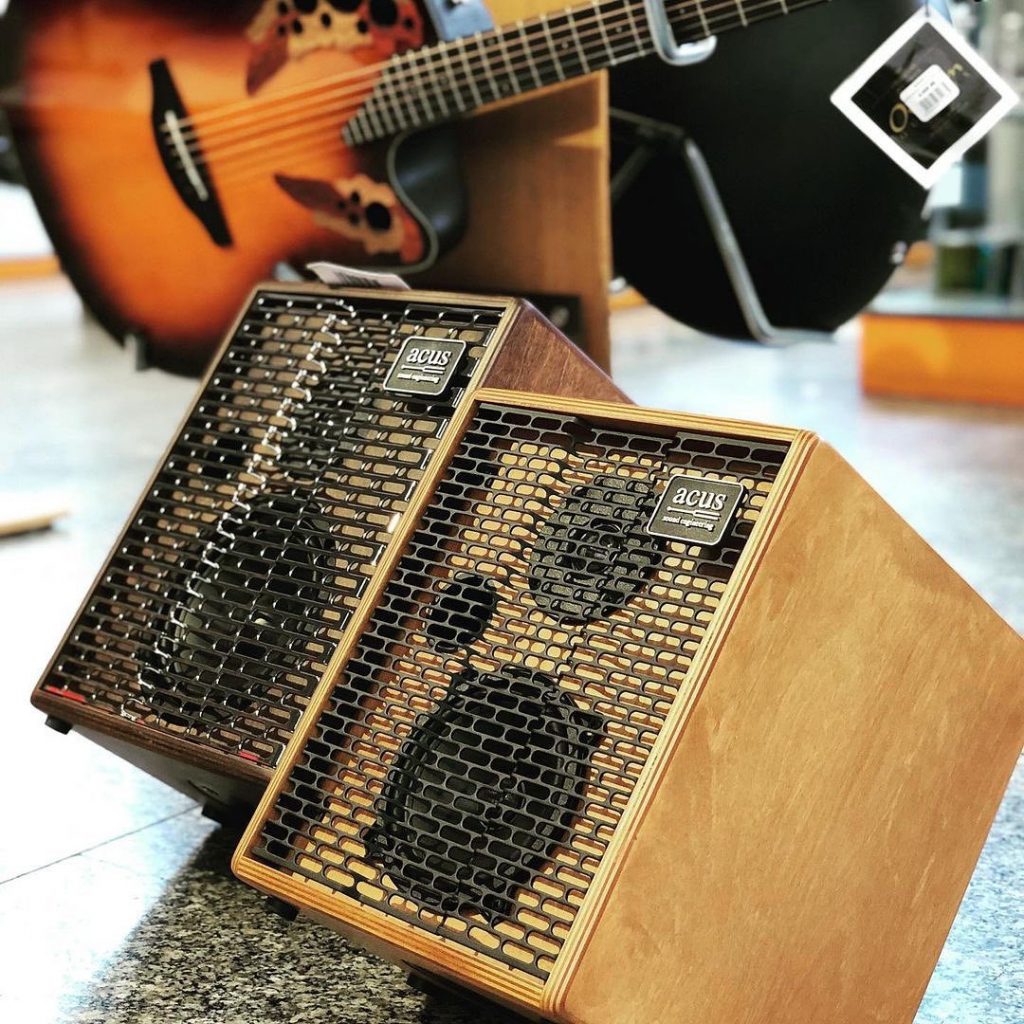A great number of classical violinists ask us about the functioning of an electric violin and the differences that exist between classical violins and electric violins. Let’s cut to the chase and find out the elements that characterize and differentiate an electric violin from an acoustic violin.
A different structure
Hollow body VS Full body
The acoustic violin is made of a hollow structure that amplifies the vibrations of the strings. Conversely, the electric violin is often made of a solid structure, which is why it is considered to have a solid body. This means that it needs to be connected to an amplifier in order to be heard.
So, the main difference is on how the sound played is amplified. A classical violin has a sound box that amplifies the sound produced by the vibration of the strings in a natural way. An electric violin does not have a sound box. In order to hear the sound played, electric violins need to be amplified through an external device such as an amplifier or speakers.
An acoustic violin can be heard whenever it is played. Conversely, an electric violin that is not plugged into an amplifier will not be heard by the audience. A subtle sound will emanate from said electric violin, but it will be barely audible. This faint sound is not enough to play in front of an audience. It may eventually be used to tune the violin.
Due to its hollow body, the classical violin weighs less than the electric violin and its solid body. There are often significant differences in weight between these two instruments. A classical violin weighs about 480 g. The weight of an electric violin differs from one manufacturer to another. You should be wary of electric violins that are too heavy, as they will tire your arms and hands, and result in tension and tendonitis in the long term. The weight of the electric instrument is therefore extremely important when it comes to its manipulation and playability.
At 3Dvarius, we study the bodies and materials of our instruments. These studies are conducted with the goal of improving the path of the sound waves, limiting the amount of material used and ensuring that the final weight of the instrument is as light as possible.
Natural amplification VS Electric amplification
Due to its sound box, the classical violin does not need any particular technology to function. It uses a classical bridge that is placed on the body of the violin and that is held by the pressure of the strings. This bridge facilitates the transmission of the vibration from the strings to the sound box.
In the case of a solid body, the electric violin will have to transcribe the vibration of the strings into an electric signal which will then be transmitted to an amplifier. The “fabrication” of this electrical signal will be performed by one or several sensors located in or under the bridge. The sound quality of an electric violin will thus depend on the type of bridge, also called the pickup, and the number of sensors it possesses.
Pickups and sensors
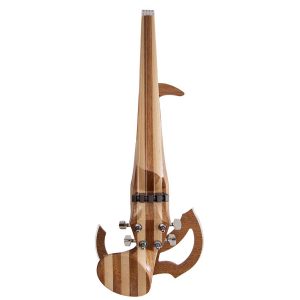 There are several types of sensors that can generate this electrical signal, such as piezoelectric sensors and magnetic sensors. All electric violins made by 3Dvarius use pickups equipped with one piezoelectric sensor per string.
There are several types of sensors that can generate this electrical signal, such as piezoelectric sensors and magnetic sensors. All electric violins made by 3Dvarius use pickups equipped with one piezoelectric sensor per string.
Play silently
Every violinist has a history about angry neighbors tired of hearing their violin practice. Sometimes using a violin mute is not enough to muffle the sound of a classical violin. As we mentioned earlier, an unamplified electric violin produces a faint, barely audible sound. Using headphones to amplify the electric violin can allow you to play silently at home without disturbing your neighbors. This way, the sound is heard only by the violin player.
Discover all the advantages of the electric violin.
4 strings VS 5 strings, 6 strings or more
A classical violin has 4 strings: D, G, A, E. An electric violin can have 4 strings or more. These days, it is not that uncommon to see electric violins with 5 or more strings. Many electric violinists are switching to a 5, 6 or even 7 string electric violins.
5-string violins have an additional C string that is usually used on violas. Then a 6th string in F is added, and finally a potential 7th string in B flat. It is worth noting that you can find classical violins with 5 strings known as quintons, and even with 6 strings known as fadolins. Quintons are very popular in the United States, with many country music players having adopted these instruments. On the other hand, fadolins are quite rare. The hollow structure of an acoustic violin has a hard time reacting to the low frequencies produced by these lower strings.
In the following video, Eduardo Bortolotti provides a detailed explanation of the existence of these extended range violins.
Not sure if you can transition from a 4 to a 5-string violin?
Traditional design VS Unlimited design
Classical violins meet certain standards of size and design. A classical violin will always have the same visual appearance. All the elements that make a violin a genuine classical violin are present, such as the f holes, the ribs, the tailpiece, the soundboard, etc.
These elements can be removed on electric violins for practical and aesthetic reasons. In fact, there are no predefined graphic rules in the field of the electric violin. Electric guitars and violins can have any type of design, colors, materials… Of course, they respect the main design constraints of a violin and are obliged to preserve several elements such as the neck, the fingerboard, etc. But, beyond these few constraints, the only limit will be the ability of a designer to imagine his electric violin.
Electric violin designers very often move elements based on acoustical studies or out of a concern for detail. For example, on the 3Dvarius electric violins, we dismantled the classical violin scroll. It has been redesigned. On the upper part of the electric violins, we will find the 3D-printed “scroll” that will exclusively hold the strings. The pegbox has been moved to the bottom of the body through use of guitar tuning pegs in order to optimize the weight distribution of the electric violin.
On the other hand, the rounded base of the bottom of the classical violins has been preserved to allow any violinist to use his own shoulder rest.
Click on the plan to display it in its full version
Different sensations and playing techniques
Adjustment period due to the disappearance of the sound box
The disappearance of the sound box will require that the classical violinist takes some time to adapt when playing for the first time on an electric violin. The classical violinist is used to hearing what he plays directly in his ears. The sound box naturally amplifies the sound that is directly perceived by the violinist’s ears.
When a violinist plays an electric violin, the sound no longer reaches his ears directly, but instead comes from the amp or speakers that are located around him. The path of the sound to the instrumentalist’s ear has a different source and is a bit longer. This will require a slight adjustment period on the part of the violinist in order to be able to re-establish his perception of the sound. After spending a few minutes playing, he will get used to this change.
All violinists who try an electric violin for the first time have the same feeling. They are confused by the source of the sound. This is something they all mention to us when we talk to them.
Elimination of the vibrations of the soundboard
A classical violinist is used to feeling the vibrations of his classical violin. These vibrations are more or less pronounced depending on the nuances produced by the bow stroke. The solid body of an electric violin will vibrate less. The violinist will feel less vibrations and may have a harder time nuancing his notes.
Much like the source of the sound, the violinist will need time to adapt and practice to get used to it. At first, classical violinists tend to force the bow too much to nuance their notes. However, this does not really work on an electric violin. Forcing the bow doesn’t really allow you to nuance the notes. Instead, you have to play with your fingers and combine their movements with certain effects.
Adapting your playing techniques
We often read that it is better to start playing the violin on an acoustic violin than on an electric violin. This is both true and false. If you are tempted by one or the other, just go for it! There is no reason why playing one should prevent you from playing the other! Both are violins, they are played in the same way, with a bow and by using the fingers.
No violinist is capable of producing a perfect sound after only a few days of practice. Playing the violin requires time to learn and patience to achieve high quality sounds. The difficulty lies in one’s ability to improve the bowing movements made with the right hand and to increase the dexterity of the left hand on which the fingerings depend.
The hollow structure of the acoustic violin makes it more difficult to obtain a perfect sound. A balance must be found between pressure, inclination, weight distribution and position. The weight of the bow and the pressure exerted have a more important role on the acoustic violin than on the electric violin. For electric violins, the pressure exerted on the strings is not as important since the sensors placed on the bridge are unable to interpret it. A pickup can handle nuances up to a certain level, but the nuances will never be the same as those on an acoustic violin. As a result, those very important nuances in some classical repertoires lose their relevance in the electric violin.
We have discussed this subject in a dedicated article on how to adapt your bowing technique to the electric violin.
The sound
Classic sound VS Amplified sound
The sound of an electric violin is not the same as that of an acoustic violin. This is quite logical since they both produce sound in a different manner. A classical violin will amplify the vibration of the strings through its sound box. An electric violin will transcribe the vibration of the strings into an electrical signal which will then be amplified.
The sound from these two instruments will always be different. It is however possible to get closer to a classical sound with an electric violin by using small effects like reverb and delay or by using impulse response. Impulse response allows you to simulate the acoustic response of an instrument and thus replicate its sound.
The sound between the two instruments will always be different. It is possible to get closer to a classical sound with an electric violin using small effects. But let’s be honest, if you wanted to play classical music, you would be playing it on a classical violin.
What is impulse response? and how to use it with a stringed instrument?
To compare the sound of an acoustic violin with that of an electric violin is just foolish. If a violinist keeps telling you that an electric violin sounds bad, it’s either because he doesn’t understand the point of the instrument, or because he’s using a poor quality electric violin, or because he has a totally obtuse mind.
Consider the example of the acoustic and electric guitar, it is obvious that the sounds of these two instruments are not identical! In fact, no guitarist ever wonders why they don’t sound the same. Guitarists have seized the advantages and opportunities that each instrument offers. Depending on the style of music or the vibe they want to play, they use either a classical or an electric guitar. They don’t use a flamenco guitar at a metal concert.
If you want to play classical music, you might as well play a classical violin. Each instrument has its own specificities and clearly, an electric violin is not meant to play classical music. If you want to join a contemporary music band, the electric violin will definitely open doors for you thanks to the use of effects.
We are often asked to compare the sound of a classical violin with that of an electric violin. So, we recorded Telemann’s Canonic Sonata for 2 Violins to offer a comparison.
Each instrument has its specificities and clearly an electric violin is not intended to play classical music…
Effects for electric violin
Much like an electric guitar, the beauty of the electric violin is that you can use effects to enhance and transform the sound it produces. Give your sound a Jimmy Hendrix-like saturated distortion, or add a reverb and a delay to make it more lively!
In order to modulate the sound of the electric violin, we use electric guitar effects pedals, always taking care to adapt the effects to the frequencies of the violin. With this type of effects pedals, you are able to play any kind of music: rock, metal, jazz, pop, etc.
This video is a cover of the song “Song of Storms”, from the video game The Legend of Zelda. This cover version is performed using a 3Dvarius paired with an Ampero effects processor. The effects processor can generate a wide range of bass, pizzicato, wah-wah, distortion and other effects.
Check out our article on how to choose an effects pedal.
Amplification and recording
Also, the amplification and recording of an electric violin are inherent to the instrument. It is equipped with all the necessary elements to connect it to an amplifier or a mixing console.
No audio feedback
Its amplification system fully eliminates all the difficulties related to feedback that are so often encountered with microphone amplified acoustic instruments. If you are a classical violinist, you are already familiar with the difficulties of amplifying an acoustic instrument! By using a microphone, you are likely to experience some sort of feedback. A classical violin is equipped with a microphone that picks up the sound of the instrument, and the microphone sends the perceived sound to an amplifier. But the amplified sound can also be picked up by the violin’s microphone, which will generate an unwanted sound loop known as feedback. That horrible shrill sound that everyone fears when performing on stage!
Plug and play
The simplicity of connecting an electric violin before a concert or a recording is truly a major advantage. There is no need to do any tests to ensure that the microphone is properly set up: orientation and position of the microphone, whether or not it picks up ambient noise, how loud the sound is, etc.
With an electric violin, it’s very simple! You just plug it in, adjust the volume and play.
Maintenance
A classical violin requires regular maintenance by a luthier. The hollow structure of the classical violin makes it more fragile and the ancestral techniques applied are likely to deteriorate quicker over time. Generally, a violinist takes his violin once a year to his luthier to make some adjustments. Most of the time, the luthier checks the condition of the bridge, the body of the instrument, the tuning pegs, the fingerboard, the string adjusters and the nut.
The electric violin is not bound by any rules. Most manufacturers use more efficient techniques. For example, an electric violin is not coated with any kind of polish to protect it. Instead, a very hard and resistant varnish is applied directly to the violin to ensure an extended service life. As a result, there is no need to reapply the polish every year. Most of the time, there is no need for any intervention on an electric violin for several years. Of course, it is always important to take care of your violin, whether it is acoustic or electric, by removing rosin residues, washing your hands before each use, storing the instrument in its case, avoiding humidity, sun and excessive heat, etc.
As for us, we recommend removing rosin dust that may get into the bridge and reduce the efficiency of the sensors. This will reduce the sound capabilities of the electric violin. Just as it is important to avoid storing the instrument carelessly. The best place to store an instrument when it is not being played is in its case!
A violin for every use
To sum it all up, each violin will have its own particular characteristics for each type of use. It is therefore not uncommon to find violinists who have both a classical and an electric violin. In fact, in the professional sphere, most violinists own one or more of each instrument. They choose to use one or the other depending on their playing conditions. For classical performances such as a church ceremony, they will favor their classical violin and will prefer their electric violin for more rocking performances.
Ultimately, the comparison between the two instruments has to stop, considering that they are both violins with a set of different characteristics and uses.

